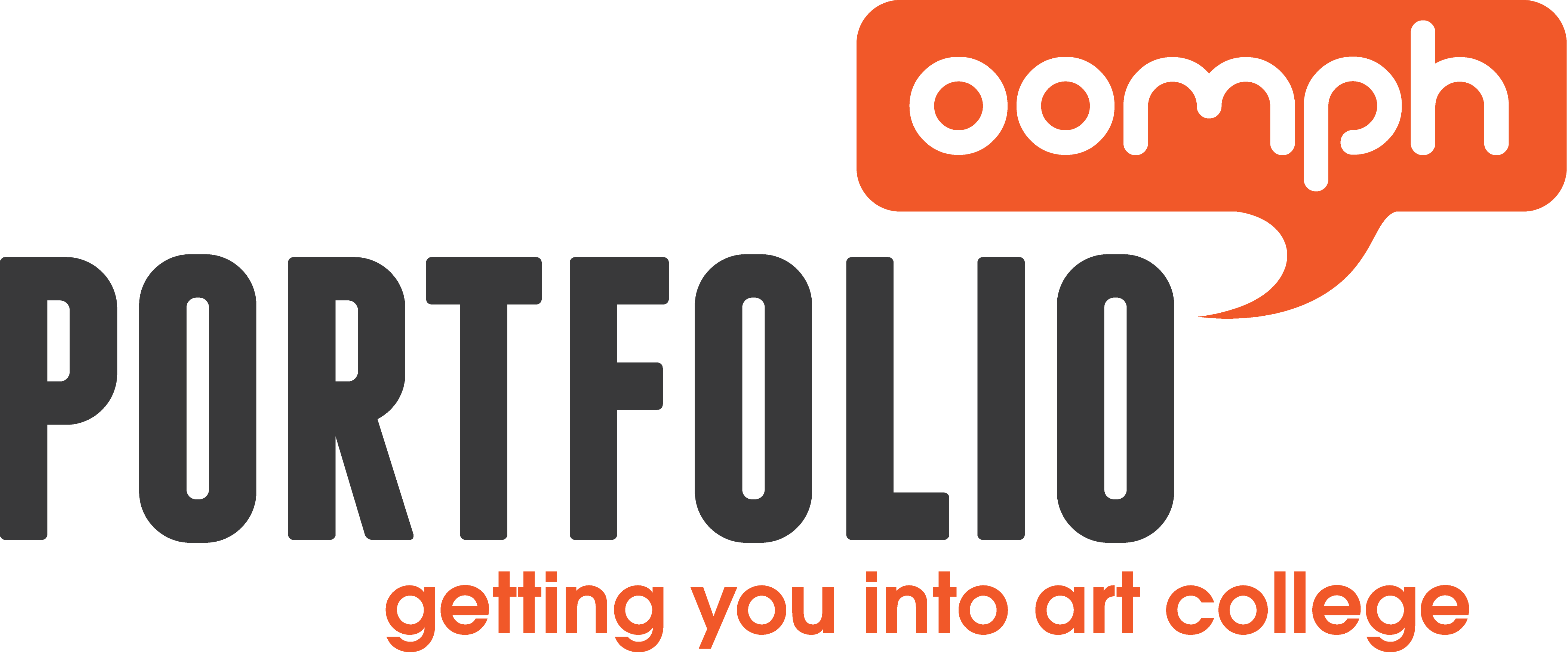16 Sep Studying the course of your dreams – articulation agreements
Picture this, you are dead set on going to one particular college/university and you know exactly which course you want to do. It is really competitive and there are only a small number of places each year. ‘How do I get into art college?’ is something we are asked all the time.
What is the best strategy to following your dreams and getting accepted onto this course? Read on to find out about articulation agreements.
Whilst working with a mentoring student last year we discovered that there existed an articulation agreement between the degree course at art college that he wanted to study at and a further education art foundation course in his city.
If you are not familiar with articulation agreements (who would be unless you’ve been told about them), we’ll explain a little more.
An articulation agreement is an agreement established between 2 colleges, usually a university and a further education college. This agreement sets out that the university will accept onto their course a specific number of students from the further education course on condition that they pass the course.
It is a way of saying that ‘we (the university) respect this course at further education and that we trust that if students pass this course we are happy to take a number onto our course.’ In a way these universities are recognising that the college provides suitable preparation for their course and are offering smooth transition to the university course.
GSA (Glasgow School of Art) has two formal articulation agreements (or they are sometimes also know as Associate Student Programmes). One with Glasgow Clyde College taking students from the HNC Art and Design into second year at GSA. The other with Edinburgh College students from the ART AND DESIGN – FOUNDATION STUDIES DIPLOMA (UAL) as direct entrants to Year 2 of GSA’s BA (Hons) Fine Art (Sculpture and Environmental Art) programme.
This is great news for some of you who know exactly where you want to study, which course and have time to plan a route to there. However, the universities and colleges don’t publicise this information widely although as you can see it is available online if you know about them. So how do you get to know about these courses with agreements?
Well, probably the first way is to do an online search for ‘articulation agreements + the university you want to apply to’. If you get a lead like the one above, I would call the college to check this. If doing an online search doesn’t throw up anything, then the only way really is to contact the university that you are aiming to study at and speak to the course leader. This is often easier said that done, as we all know that course leaders are very busy and not often at their desks. So emailing might be the best way to find out this kind of information.
So ask that question again – ‘How do I get into art college?’ and maybe there is one more choice than you had prior to reading this blog. We have to add that of course there is no quick and easy answer to ‘How do I get into art college?’
You will always need to have a cracking portfolio, bags of talent, determination and drive. However, if you do your homework and plenty of research beforehand, it makes the whole process that much easier.
Find out how you can improve your portfolio.
To find out how you can improve your portfolio and win your place at art college check out our most popular eBook ‘Creating a sensational portfolio’, you can read a few pages below with preview PDF.
There can be a lot to think about when applying to art college. Portfolio Oomph aims to simplify this and provide options and support with our eBooks and eCourses.
You might also find our other articles useful on A Parent’s Perspective, 5 common mistakes in art college applications and Art portfolio success!


No Comments